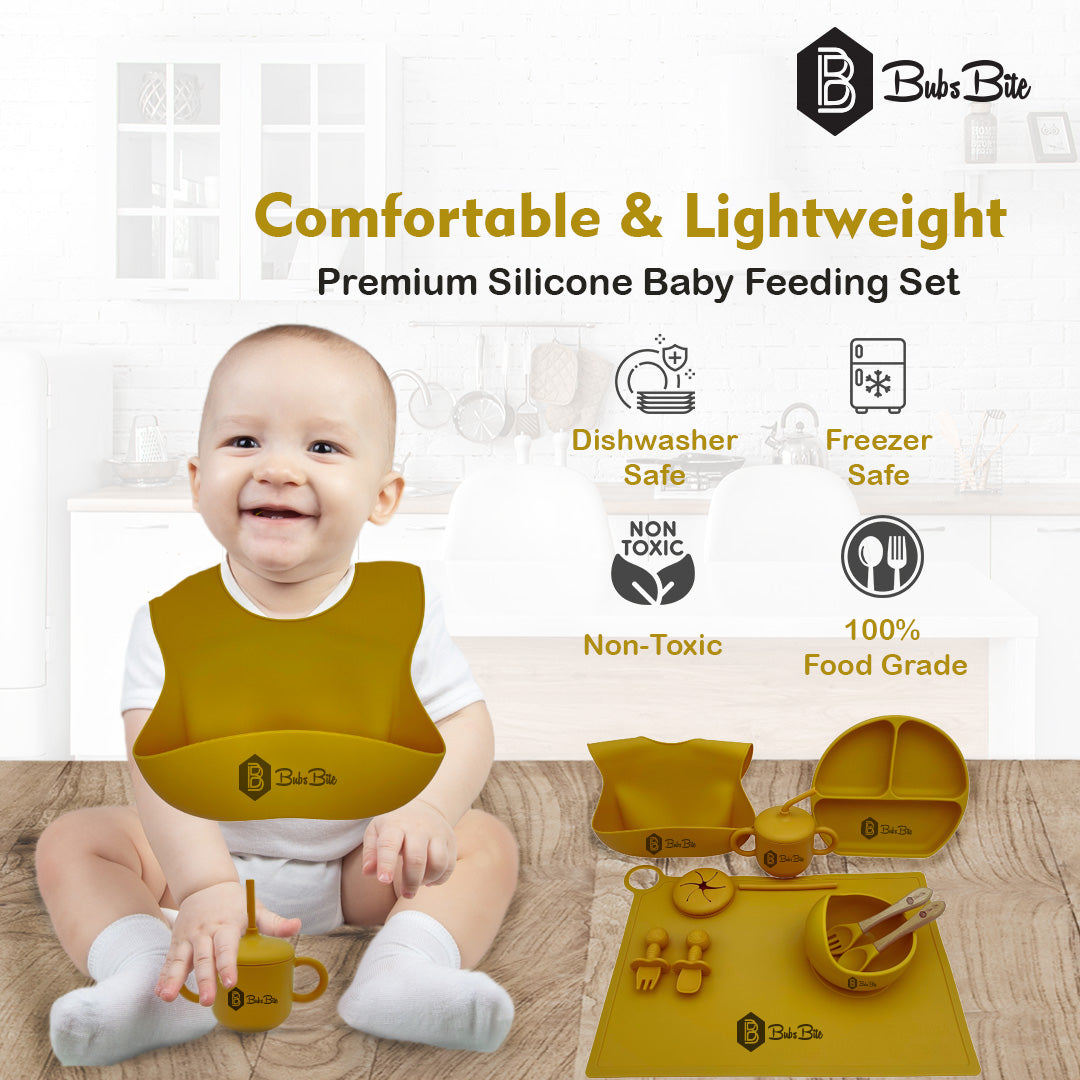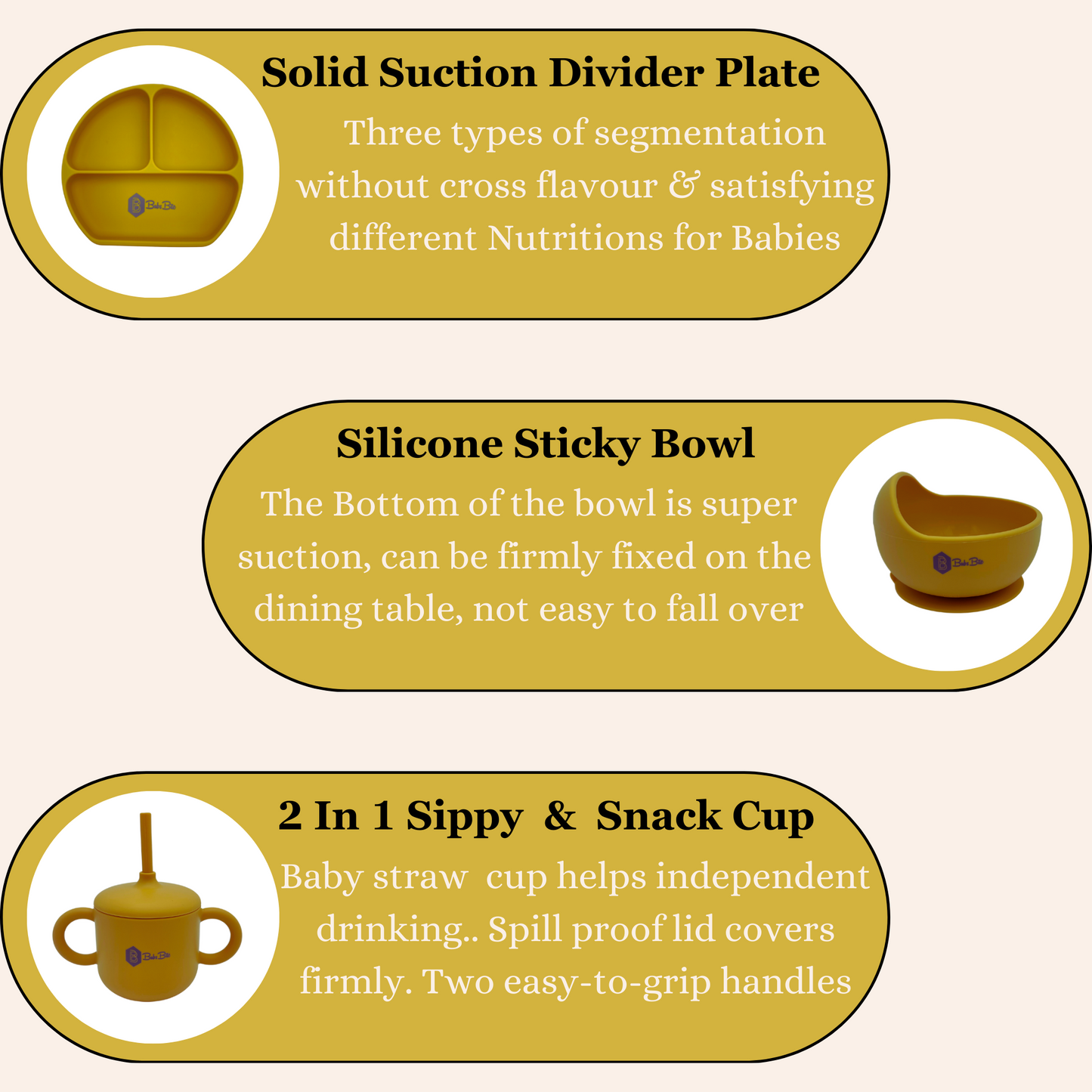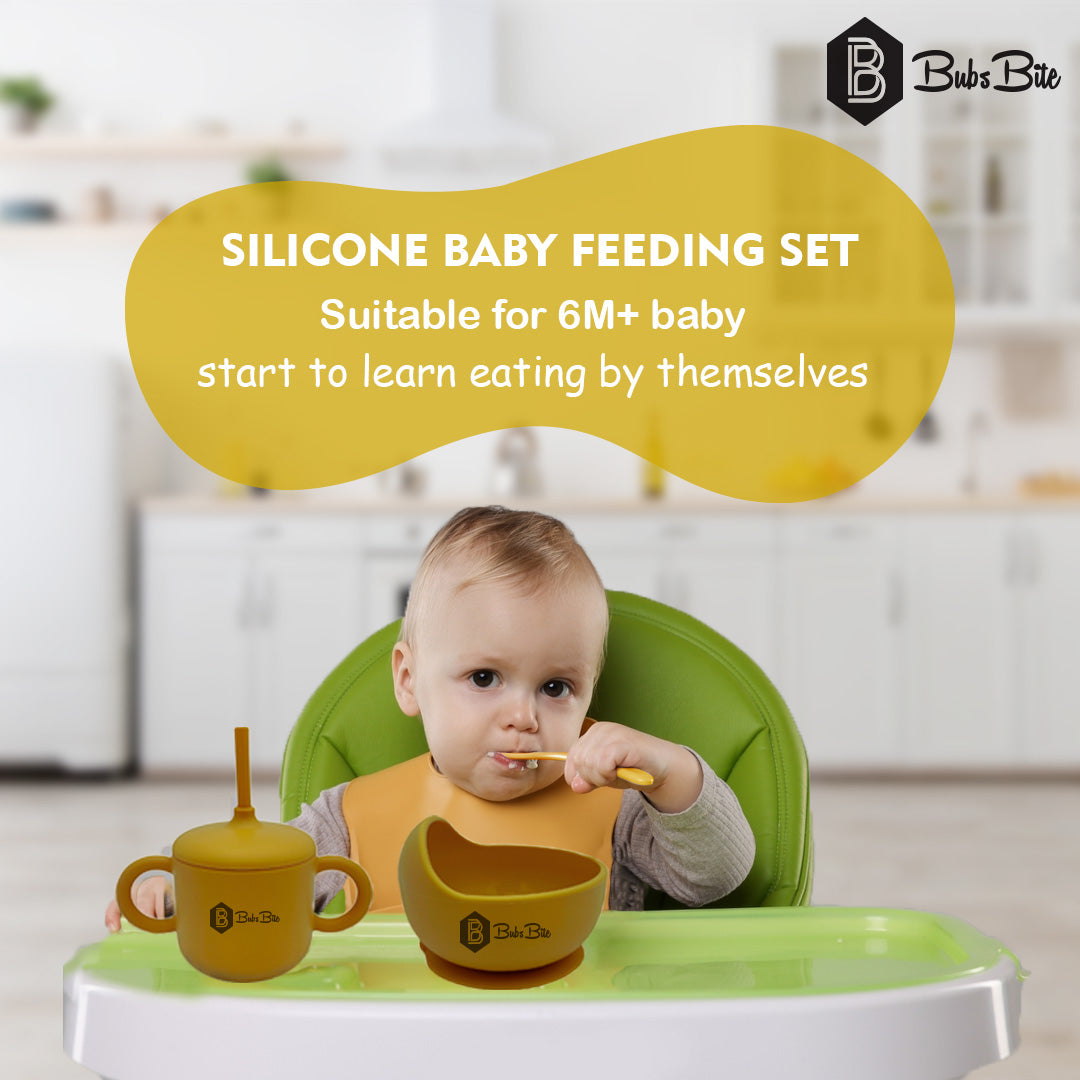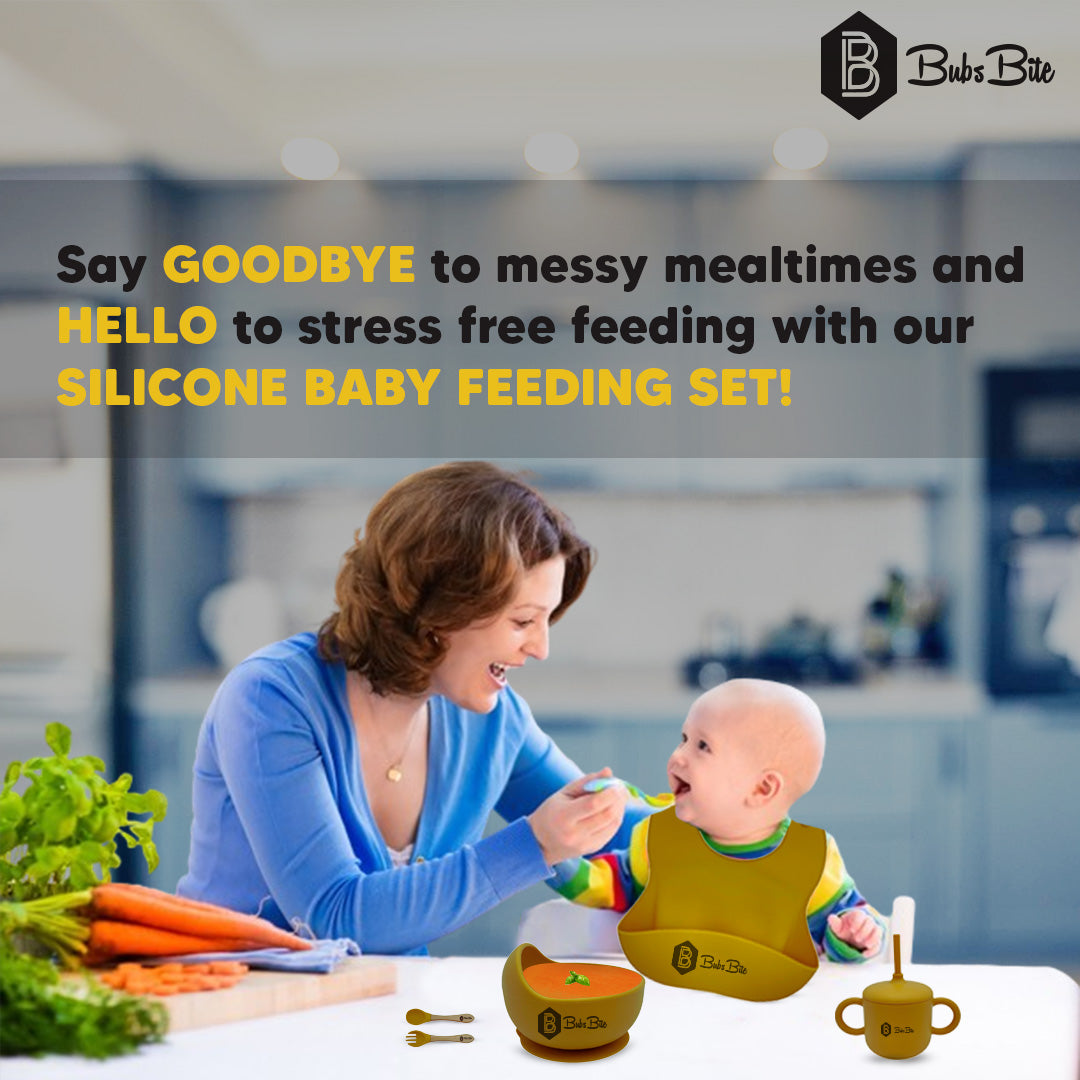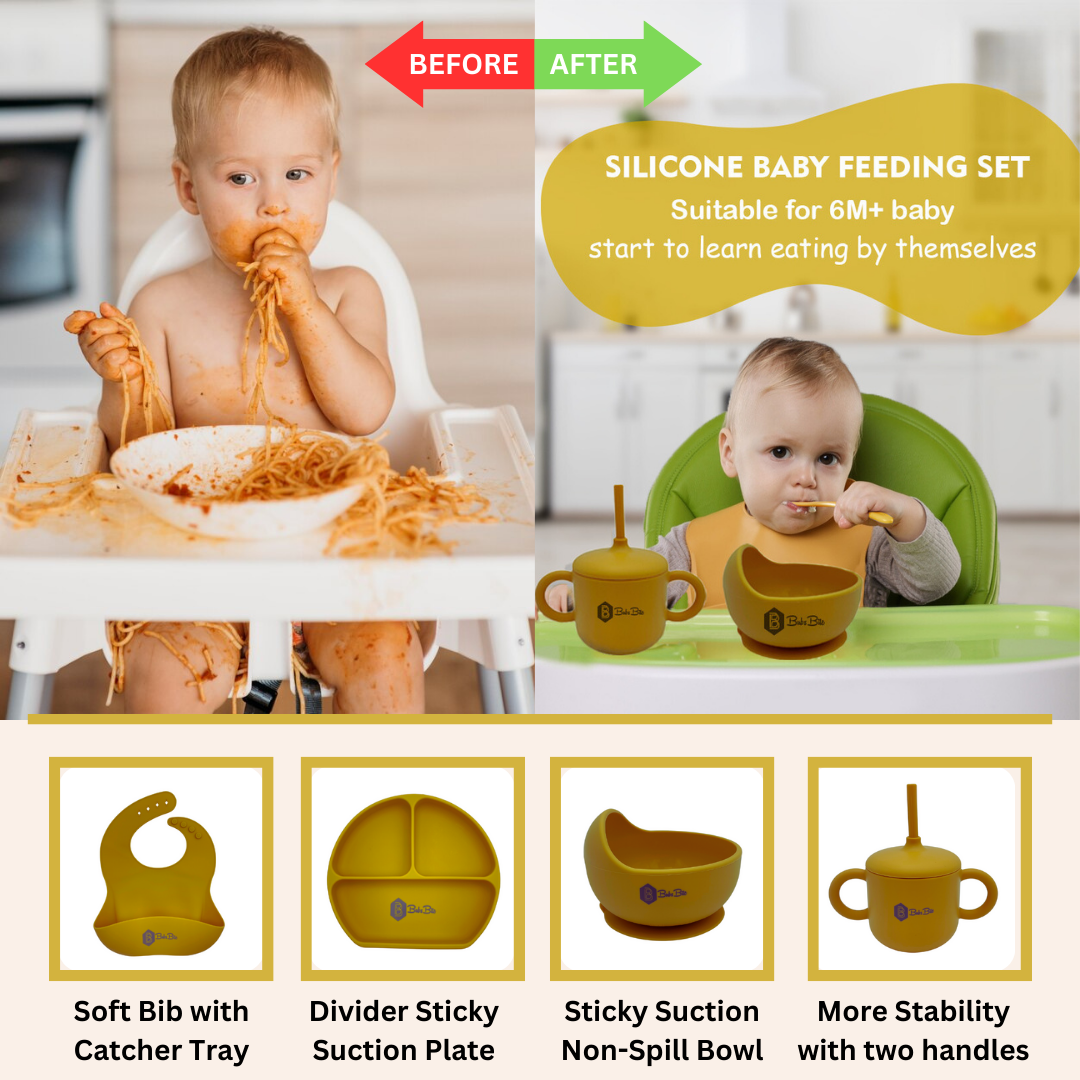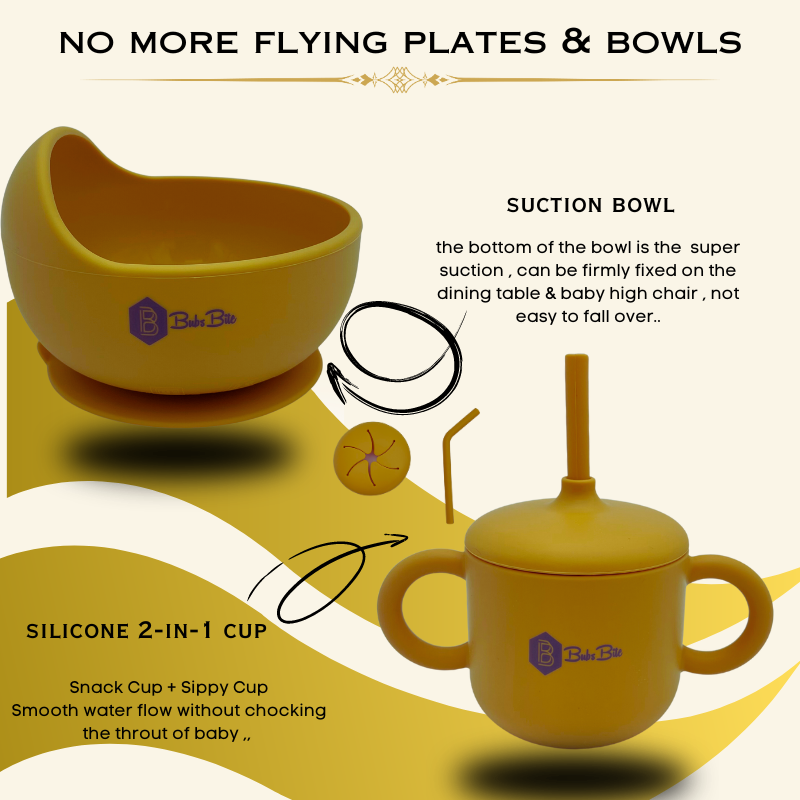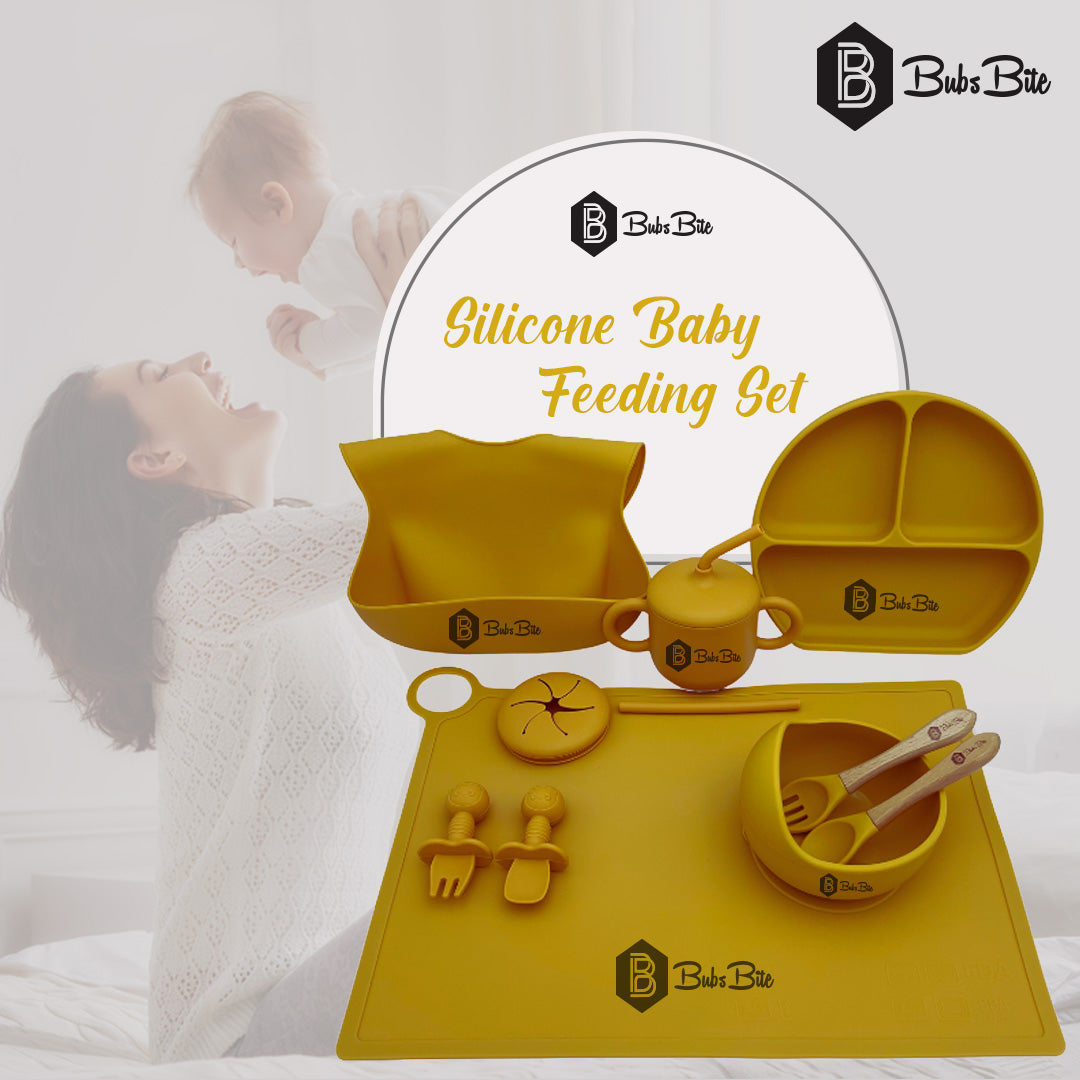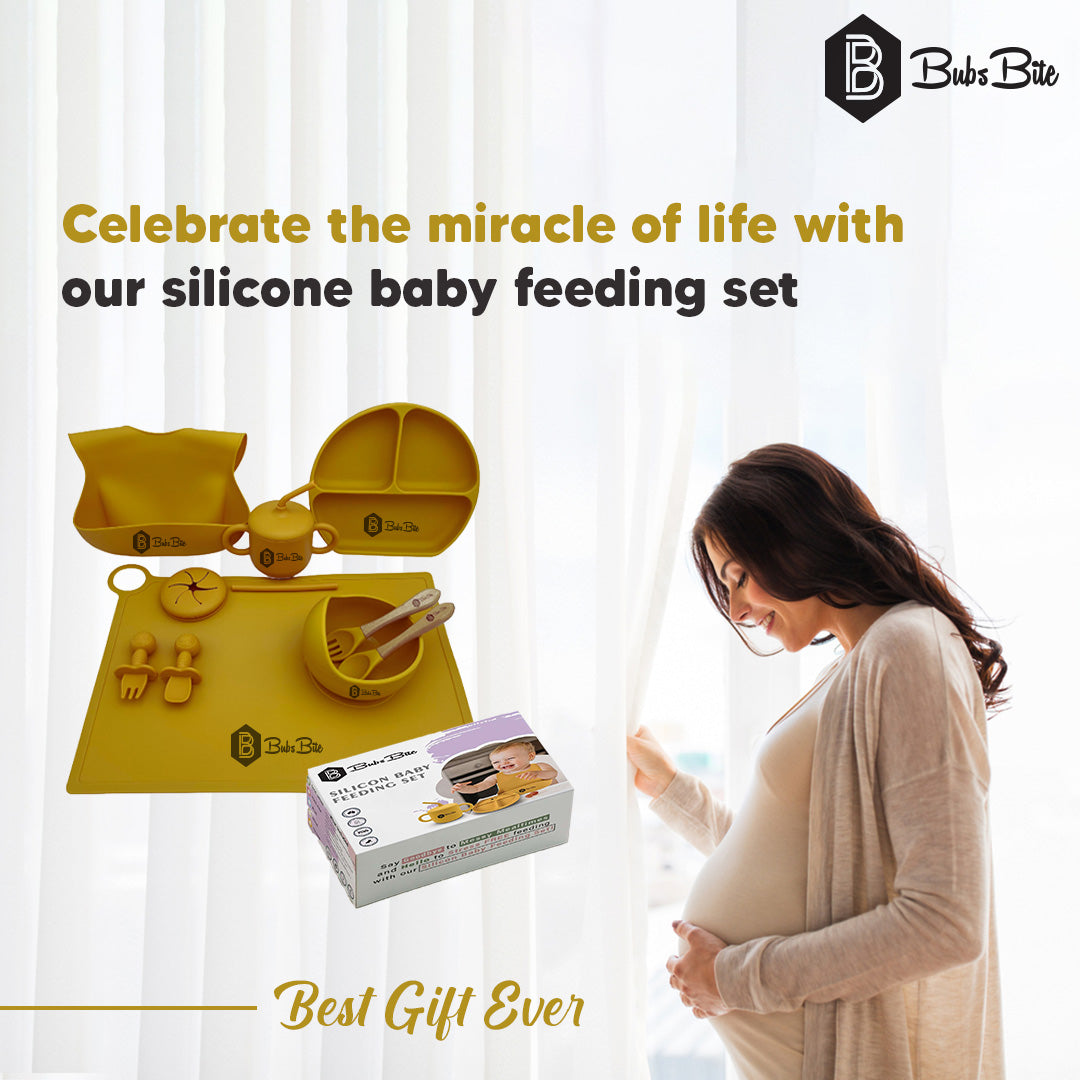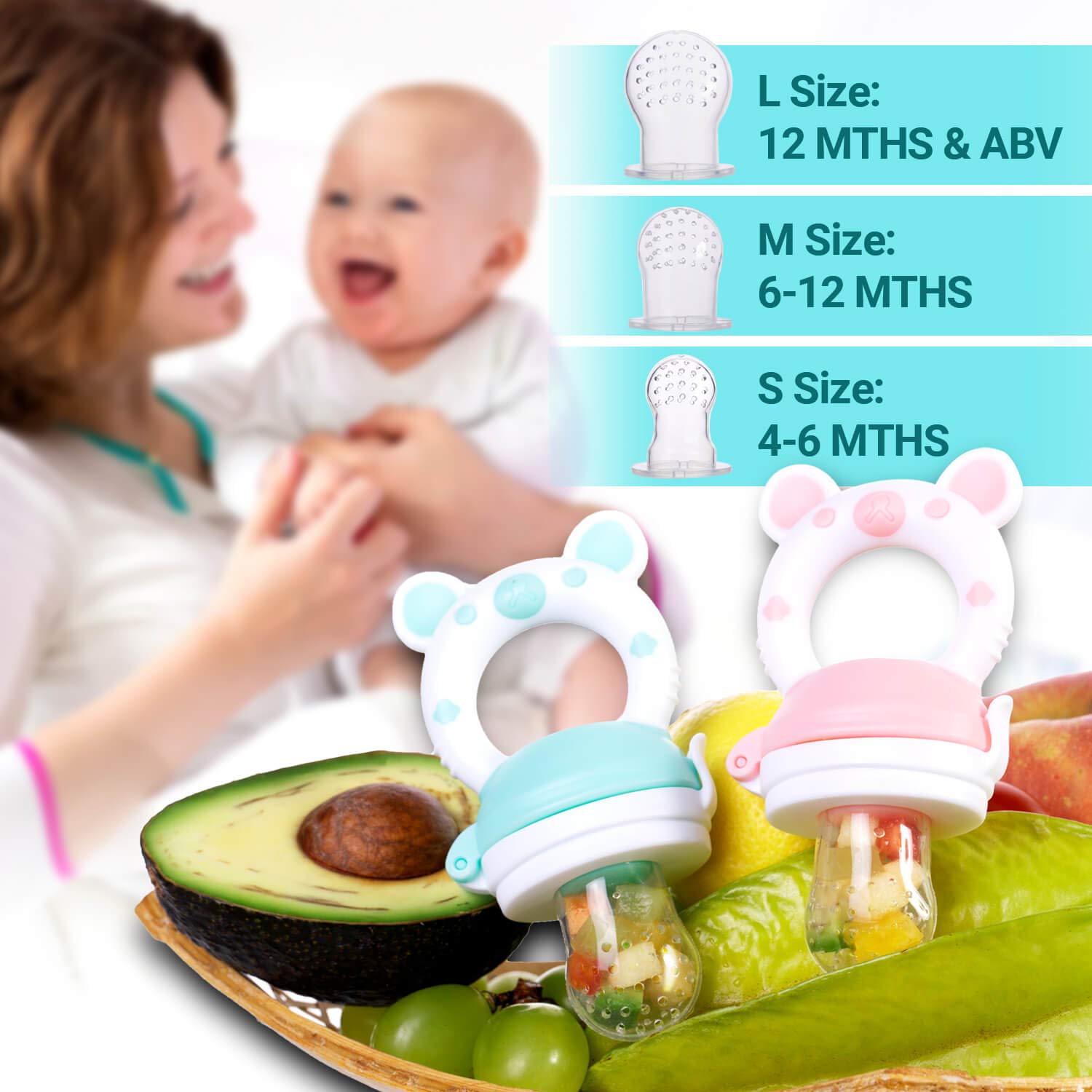As a new parent, you're faced with many decisions, including how to introduce solids to your baby.
Two popular approaches are Baby-Led Weaning (BLW) and traditional spoon-feeding with purees. In this article, we'll explore the differences between these methods, the benefits they offer, and factors to consider when choosing the right approach for your little one.
Both methods have their merits, and choosing the right approach for your baby requires thoughtful consideration. In this comprehensive article, we'll delve into the differences between Baby-Led Weaning and traditional spoon-feeding, explore the advantages and disadvantages of each method, and provide insights to help you make an informed decision for your little one's feeding journey.

Understanding Baby-Led Weaning (Approximately 200 words):- Baby-Led Weaning is an approach that encourages babies to self-feed soft, appropriately-sized finger foods instead of being spoon-fed purees. The core philosophy of BLW is to promote independence, develop fine motor skills, and foster a positive relationship with food from the very beginning of a baby's solid food journey. In BLW, babies are offered a variety of nutritious finger foods, and they decide what to eat, how much, and at their own pace.
Benefits of Baby-Led Weaning (Approximately 200 words):- Baby-Led Weaning offers several benefits that make it an attractive option for many parents. One of the key advantages is the development of self-feeding skills, which helps babies become more confident and independent eaters. BLW also allows babies to explore different textures, tastes, and shapes of food, which can lead to a more varied and adventurous palate as they grow older. Additionally, BLW may promote better hand-eye coordination and oral motor skills due to the baby's active involvement in the feeding process.
Challenges of Baby-Led Weaning (Approximately 200 words):- While Baby-Led Weaning has its benefits, it is not without its challenges. One common concern is the risk of choking, as babies are self-feeding and may not have fully developed their chewing and swallowing abilities. However, with proper supervision and offering age-appropriate foods, the risk of choking can be minimized. Another challenge is the potential for mess during mealtimes, as babies explore and manipulate their food. Embracing the mess and offering easy-to-clean surfaces can make the experience more enjoyable for both you and your baby.
Understanding Traditional Spoon-Feeding (Approximately 200 words) :-Traditional spoon-feeding involves feeding babies pureed or mashed foods with a spoon. This approach allows parents to control the amount and type of food the baby consumes. It is often preferred by parents who want to ensure their baby receives a specific quantity of nutrients and follow a more structured feeding schedule.
Benefits of Traditional Spoon-Feeding (Approximately 200 words):- Traditional spoon-feeding offers its own set of advantages. It allows parents to carefully monitor the baby's food intake, making it easier to introduce specific nutrients and manage any dietary restrictions or allergies. This method also ensures that babies receive a smooth and consistent texture, which may be more suitable for those with oral sensitivity or developmental challenges.
Challenges of Traditional Spoon-Feeding (Approximately 200 words):- Traditional spoon-feeding may encounter challenges related to introducing varied textures and fostering self-feeding skills. Spoon-fed babies may not have the same level of control over their eating experience, potentially leading to a more passive relationship with food. Additionally, some babies may resist spoon-feeding or show a preference for self-feeding, making mealtimes stressful for both the baby and the parents.
Finding the Right Approach for Your Baby (Approximately 150 words):- When deciding between Baby-Led Weaning and traditional spoon-feeding, consider your baby's developmental readiness, individual preferences, and any specific health considerations. Many parents find that a combination of both approaches, commonly known as "combo feeding," works best for their baby. This approach allows babies to explore self-feeding with finger foods while also receiving spoon-fed purees for essential nutrients.
Tips for Introducing Solid Foods (Approximately 150 words):- Regardless of the feeding method you choose, introducing solid foods should be a gradual and enjoyable experience for your baby. Begin with soft, easily manageable finger foods for Baby-Led Weaning or smooth, pureed textures for traditional spoon-feeding. Observe your baby's cues and readiness for solid foods, and always supervise during mealtimes. Create a positive and nurturing environment for your baby to explore food and develop healthy eating habits.
Conclusion (Approximately 100 words) The decision between Baby-Led Weaning and traditional spoon-feeding is a personal one, influenced by your baby's needs, developmental stage, and individual preferences. Both methods have unique benefits and challenges, and there is no one-size-fits-all approach. Whichever method you choose, ensuring a supportive and nourishing feeding environment is key to fostering a positive relationship with food for your little one. Remember that every baby is different, and it's essential to be flexible and responsive as you embark on this exciting journey of introducing solids to your baby.



